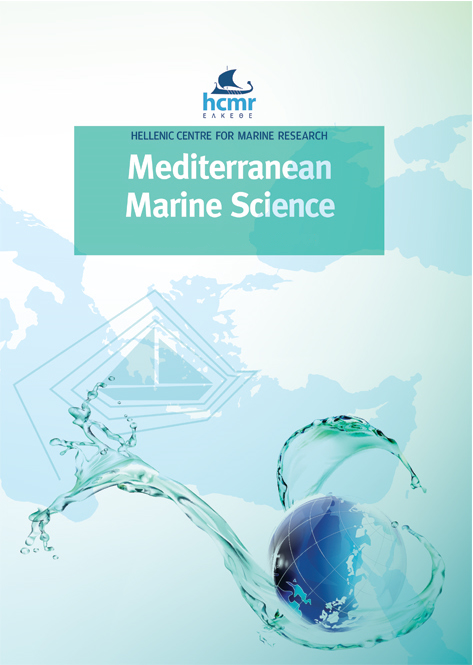Revisiting the Eastern Mediterranean coast of Egypt reveals new records and non-indigenous macroalgal species

Abstract
This study conducted a comprehensive examination of various seaweed species from the Mediterranean Coast of Egypt, providing detailed descriptions of new records and introduced species based on their morphological characteristics. The results revealed two previously undocumented species in Egypt, Gigartina pistillata (S.G. Gmelin) Stackhouse and Palmophyllum crassum (Naccari) Rabenhorst, both commonly found in the Mediterranean Sea. Additionally, two red algae Predaea sp. and Callophyllis sp. were reported for the first time in the Eastern Mediterranean. Among non-native species, Codium repens P. Crouan et H. Crouan, a widely distributed green alga in the Red Sea and Indo-Pacific Ocean, is recorded as new in the Mediterranean Sea. Furthermore, the non indigenous brown alga Padina tetrastomatica Hauck has been reported for the first time along the Mediterranean Coast of Egypt.
Article Details
- How to Cite
-
SHABAKA, S., & HOSNY, S. (2025). Revisiting the Eastern Mediterranean coast of Egypt reveals new records and non-indigenous macroalgal species. Mediterranean Marine Science, 26(1), 297–305. https://doi.org/10.12681/mms.39463
- Section
- Research Article
Authors who publish with this journal agree to the following terms:
- Authors retain copyright and grant the journal right of first publication with the work simultaneously licensed under a Creative Commons Attribution Non-Commercial License that allows others to share the work with an acknowledgement of the work's authorship and initial publication in this journal.
- Authors are able to enter into separate, additional contractual arrangements for the non-exclusive distribution of the journal's published version of the work (e.g. post it to an institutional repository or publish it in a book), with an acknowledgement of its initial publication in this journal.
- Authors are permitted and encouraged to post their work online (preferably in institutional repositories or on their website) prior to and during the submission process, as it can lead to productive exchanges, as well as earlier and greater citation of published work (See The Effect of Open Access).




